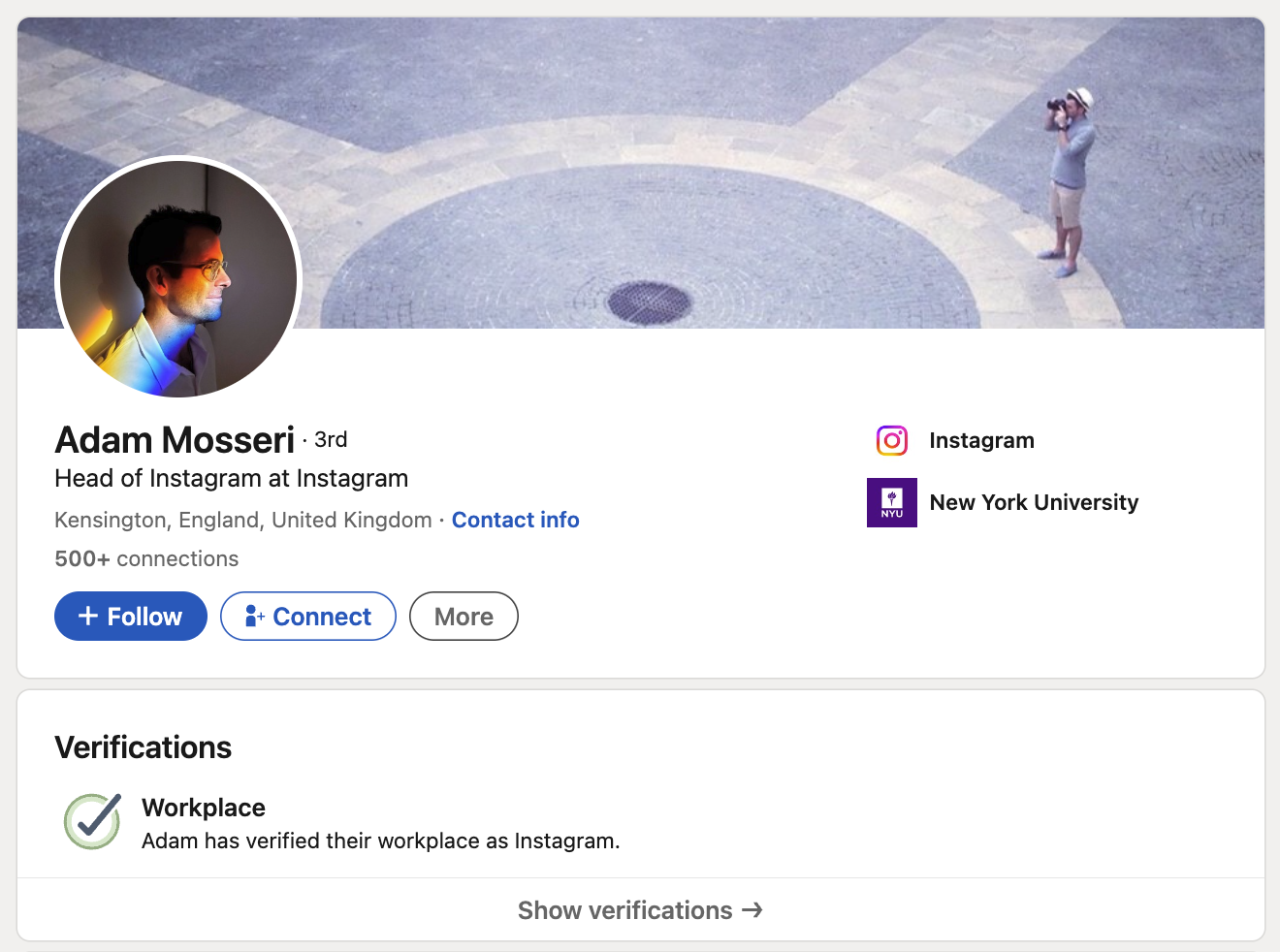What is the Deal With Getting Verified on Social Media?
By Leah Ross (Updated by Julia Wallace on August 29, 2023)
Having a verification badge on your social media profiles in 2023 does not denote the same exclusivity as it did even in 2021.
Where verification once meant that you were a recognizable name that was relevant to the public, in most cases it has evolved to simply mean that you pay for this badge. However, there are some exceptions to this rule. We’re going to break down all the differences between each platform.
The platform that introduced verification was also the first to adopt the new pay-for-play model. All you need to acquire a checkmark is to subscribe to Twitter Blue. However, Twitter also requires the following:
Your account must have a display name and profile photo
Your account must be active in the past 30 days to subscribe to Twitter Blue
Your account must be older than 30 days upon subscription and have a confirmed phone number
Your account must have no recent changes to your profile photo, display name, or username (@handle)
Your account must have no signs of being misleading or deceptive
Your account must have no signs of engaging in platform manipulation and spam
Facebook and Instagram
There are two ways to get verified on Instagram and Facebook. The first is the traditional way — you apply and prove to Meta that you are a notable person, business or brand.
The second way is to pay for Meta Verified, which is a subscription bundle that comes with account protection and a direct line of support.
There’s no way for someone from the outside to distinguish between these two types of verification; they both come with blue check marks.
Getting verified on LinkedIn is a great way for semi-public professional figures to show others that they are the real deal. Take Instagram CEO Adam Mosseri as an example. Through LinkedIn’s workplace verification, we know that this profile actually belongs to him.
However, notice that this badge doesn’t appear next to his name. The notability aspect is played down here.
LinkedIn has another way to “verify” notable people on its platform — it’s called Top Voices. This is an invitation-only badge that signifies that someone is a leader or senior-level expert. Rather than having a check mark, these influencers get a small LinkedIn logo next to their name.
“Top Voices are vetted to ensure that they meet high trust standards, are consistently active on the platform, and share valuable expertise through content that demonstrates their unique, original contributions to a topic,” LinkedIn explains.
TikTok
The little blue checkmark is back in business on TikTok, which actually has a pretty traditional verification process.
They verify accounts that are active, authentic, public, and secured by two-factor authentication. But most importantly, TikTok wants to make sure you’re a notable public figure or brand that has been “featured in multiple news sources, and we don't consider press releases and sponsored or paid media.”
Submit your verification request on TikTok here.
YouTube
Requesting a verification badge on YouTube is refreshingly cut and dry: you need 100,000 subscribers to get a checkmark.
However they won’t verify any accounts that are impersonating another person or brand. Don’t do that!
DOES BEING VERIFIED ACTUALLY HELP?
The universal function of being verified is it signals to users that an account is authentic and the real deal. It also signals a level of exclusivity and notability.
Being verified comes with other added benefits too. Often, verified accounts rank higher in the comments section and allow users to unlock more detailed analytics for their account. And in the case of YouTube, verified accounts rank higher in search engines.
That said, verification shouldn’t necessarily be your end goal! With or without a blue checkmark, you can create meaningful engagement with your audience and drive your brand story.
Want some help with that? We’ve got you covered! Reach out to us today.

